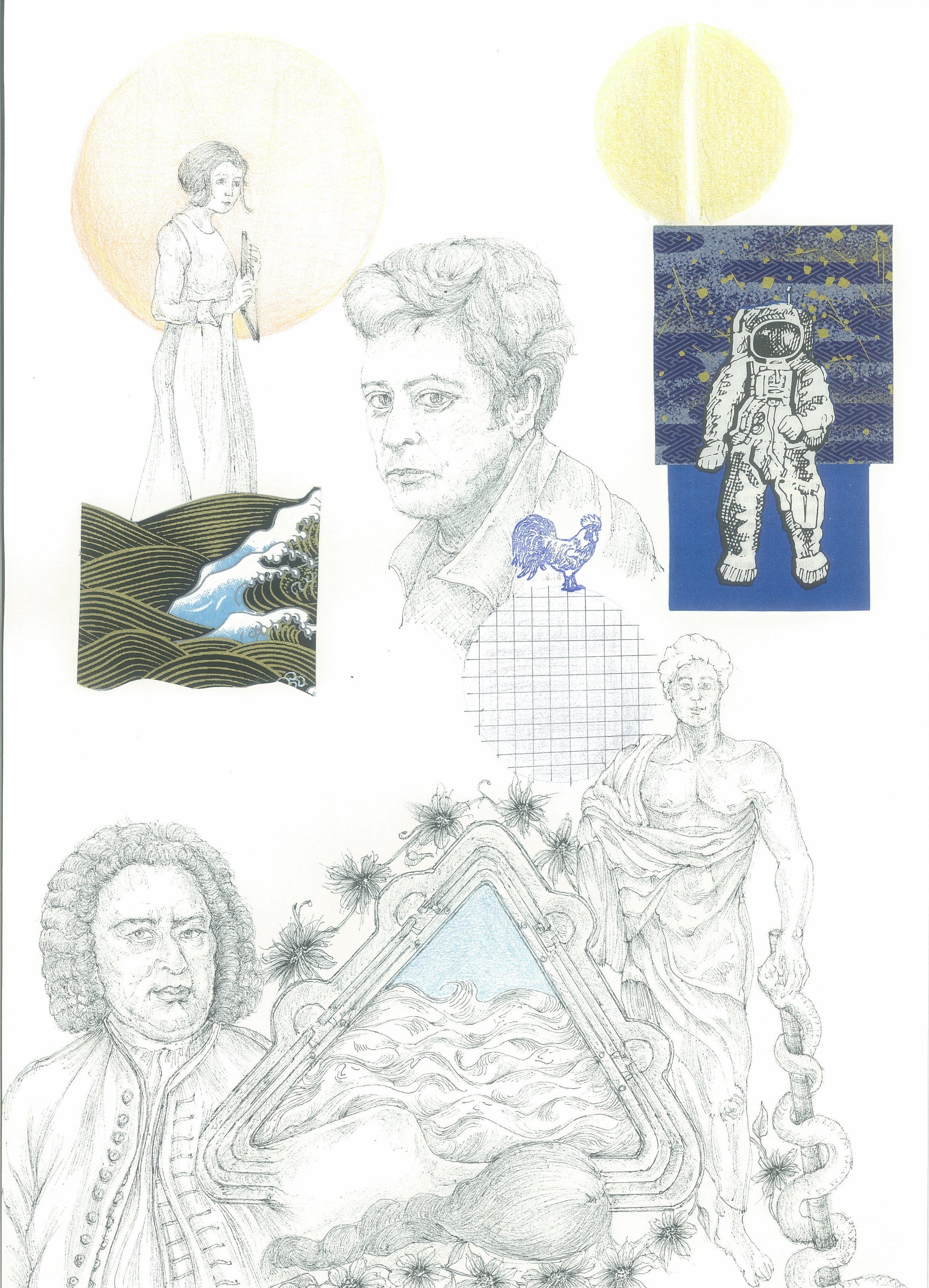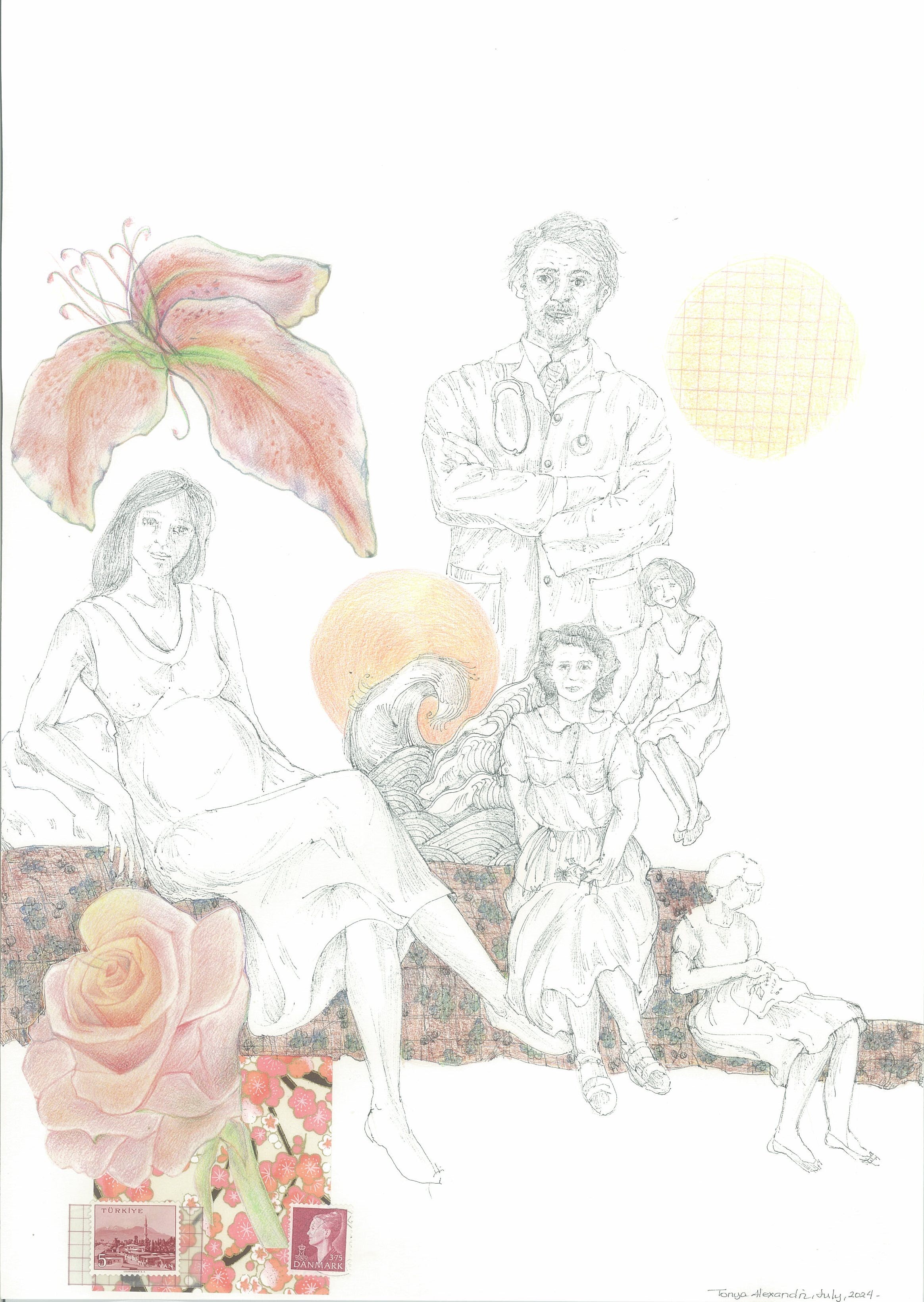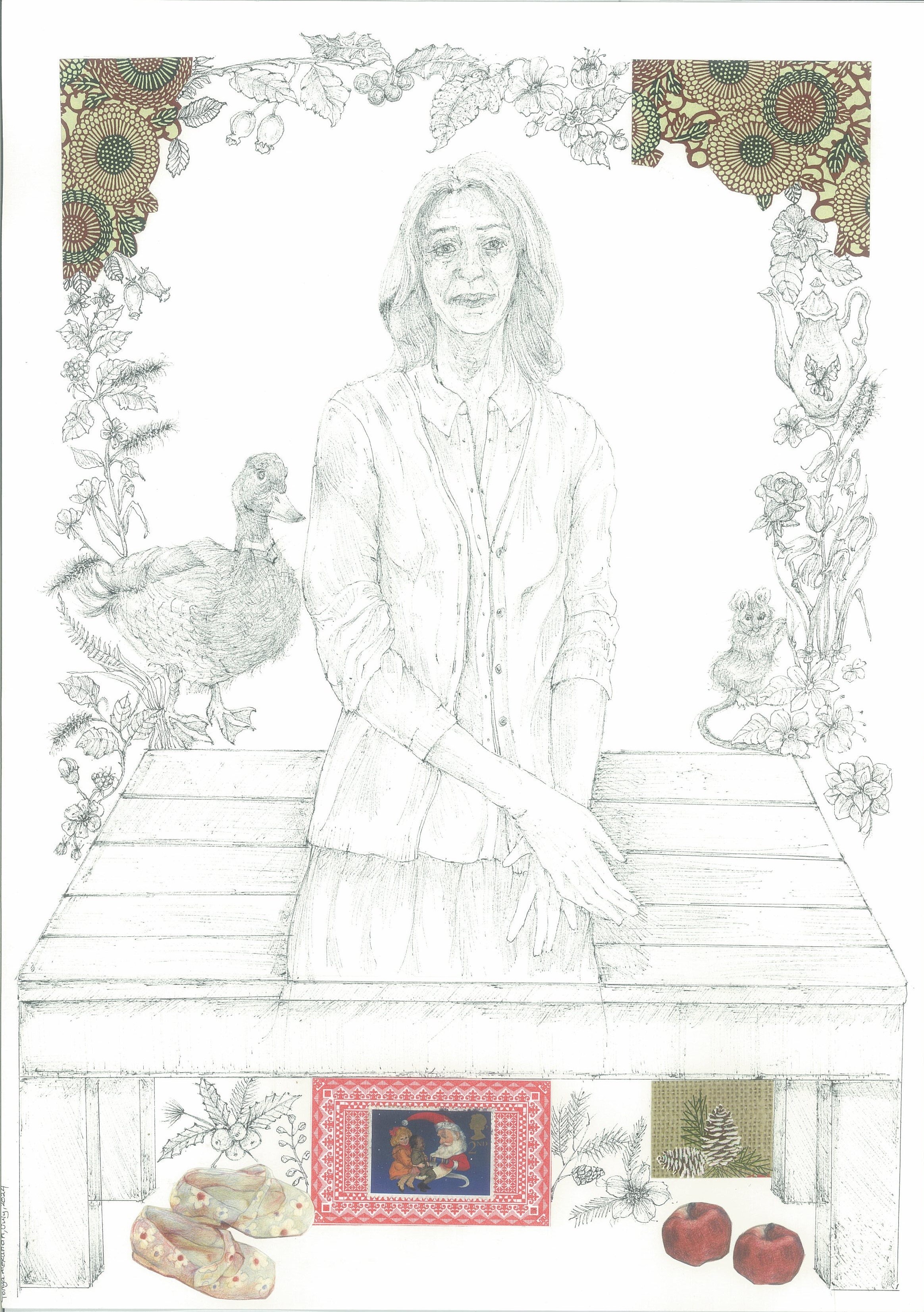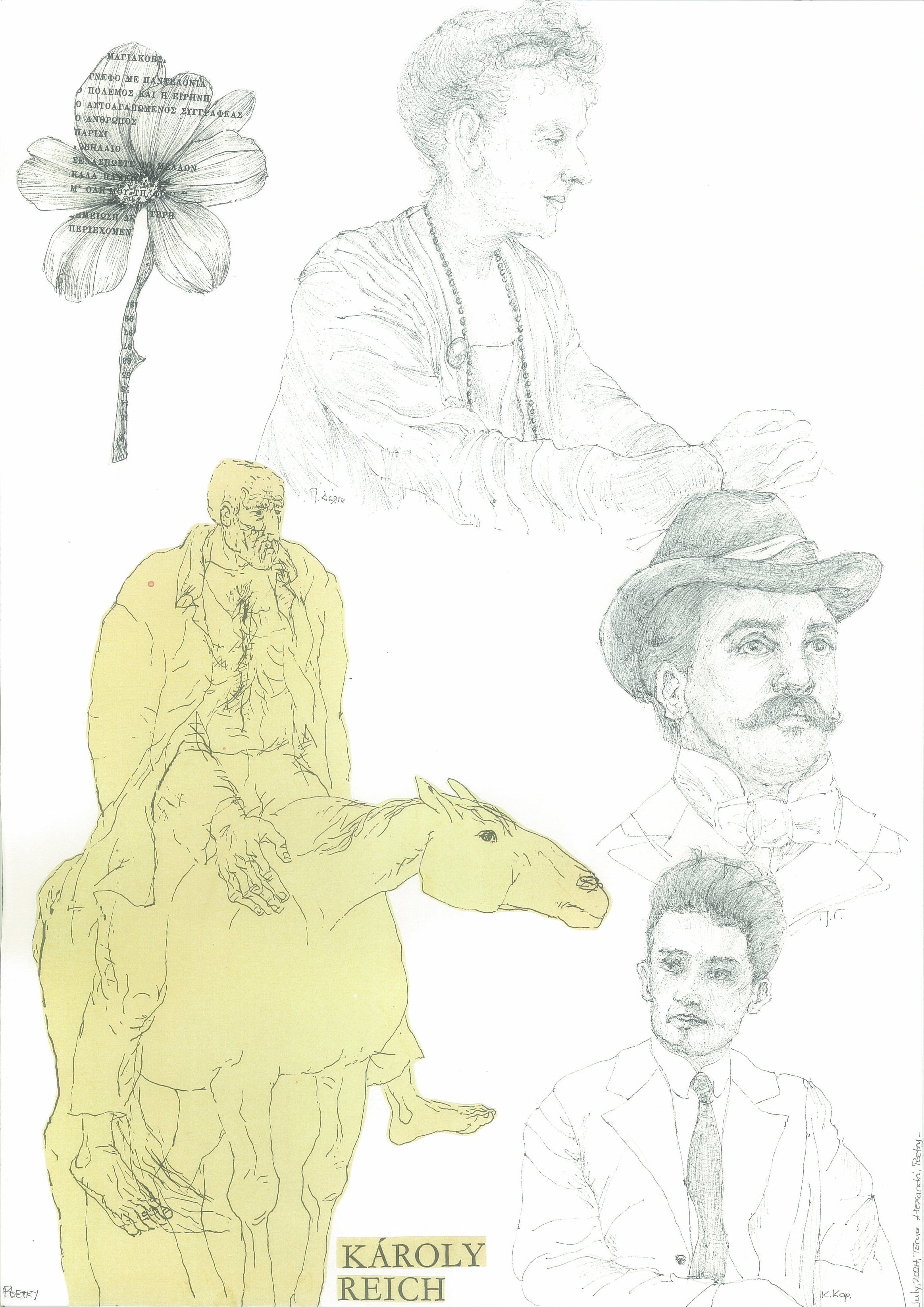PART ONE Edited 21/07/2024
A brief introduction to Narrative Therapy and some artwork
 “During the buildup to the recent war on Iraq, whose two great central rivers come as close as anything on earth to the biblical paradise with four rivers flowing out of it, one of the vultures making the case for bombing Baghdad’s civilians said, “There are known knowns. There are things we know we know. We also know there are known unknowns. That is to say, we know there are some things we do not know. But there are also unknown unknowns, the ones we don’t know we don’t know.” This third category would prove crucial in the spasms and catastrophes of the war. And the philosopher Slavoj Zizek added that he had left out a fourth term, “the ‘unknown knowns,’ things we don’t know that we know, which is precisely the Freudian unconscious, the ‘knowledge that doesn’t know itself,’ as Lacan used to say,” and he went on to say that “the real dangers are in the disavowed beliefs, suppositions, and obscene practices we pretend not to know about.” The terra incognita spaces on maps say that knowledge too is an island surrounded by oceans of the unknown, but whether we are on land or water is another story.” From A Field Guide to Getting Lost by Rebecca Solnit
“During the buildup to the recent war on Iraq, whose two great central rivers come as close as anything on earth to the biblical paradise with four rivers flowing out of it, one of the vultures making the case for bombing Baghdad’s civilians said, “There are known knowns. There are things we know we know. We also know there are known unknowns. That is to say, we know there are some things we do not know. But there are also unknown unknowns, the ones we don’t know we don’t know.” This third category would prove crucial in the spasms and catastrophes of the war. And the philosopher Slavoj Zizek added that he had left out a fourth term, “the ‘unknown knowns,’ things we don’t know that we know, which is precisely the Freudian unconscious, the ‘knowledge that doesn’t know itself,’ as Lacan used to say,” and he went on to say that “the real dangers are in the disavowed beliefs, suppositions, and obscene practices we pretend not to know about.” The terra incognita spaces on maps say that knowledge too is an island surrounded by oceans of the unknown, but whether we are on land or water is another story.” From A Field Guide to Getting Lost by Rebecca Solnit
“A human being, appearances to the contrary, doesn’t create his own purposes. These are imposed by the time he’s born into; he may serve them, he may rebel against them, but the object of his service or rebellion comes from the outside. To experience complete freedom in seeking his purposes he would have to be alone, and that’s impossible, since a person who isn’t brought up among people cannot become a person.” From Solaris by Stanisław Lem

Today’s post is an introduction to the topic of the next few posts.
Two books I am currently reading are: Narrative Therapy Classics (Dulwich Centre Publications) by Michael White and. Retelling the Stories of Our Lives: Everyday Narrative Therapy to Draw Inspiration and Transform Experience (W. W. Norton & Company) by David Denborough. This is a topic I have been wishing to write about for a long time. Buying these two books recently brought the intention to the foreground.
My first encounter with Narrative Therapy was about fourteen years ago, as part of a Masters’ programme. I think it was during an introductory course on the different therapy schools and approaches. What is known as “narrative therapy” was introduced to us briefly through an old YouTube video of a therapeutic session with Michael White and a family. [White was the co-founder of narrative therapy and Dulwich Centre. With David Epston he developed narrative therapy, a non-pathologising, empowering, and collaborative approach, which recognizes that people do not only have problems, but they also have skills and expertise that can support change in their lives.] The quality of the video was so poor that we could hardly understand what was going on. Subsequently, there were jokes in class and this was kind of it. I don’t think there was ever any reference to Michael White’s work again. In retrospect, I understood that this indirect discouragement of our getting interested in this work was due to his socio-political analyses, ideas and approach to therapy and counseling, which to some extent challenge the establishment of the world of psychology and psychiatry.
Returning to this material currently I realized that it could be of great benefit to anyone studying or working in the fields of mental health or social and community work, as well as, education and other areas. I know for certain that in that specific educational context, it could have complemented and broadened the discussion and understanding of human experience, of the process of diagnosis and what we call psychopathology, and also, it could have enriched students’ experience of ways of being in the helping professions. It could have opened new ways of being in relation with another, the client, in this case, and it would have brought compassion and the importance of fostering personal agency to the foreground. But this would have required space for critical evaluation of theories and practices, and course material. It would also have required an emphasis on contextualization and the psychosociobiological nature of every experience.
So to begin with, Narrative Therapy (from the Dulwich Center website) “seeks to be a respectful, non-blaming approach to counseling and community work, which centres people as the experts in their own lives. It views problems as separate from people and assumes people have many skills, competencies, beliefs, values, commitments and abilities that will assist them to reduce the influence of problems in their lives” (Alice Morgan / from the Dulwich Center website). It utilises the concept of externalisation as one of its key components. Externalisation is the process of separating the person from the problem, allowing them to get some distance from their issue and to see how it might be hindering, helping or protecting them.
In her introduction, – What is Narrative Therapy? – Alice Morgan, explains that there are many different themes that make up what has come to be known as ‘narrative therapy,’ and that every therapist or counselor might engage with these ideas somewhat differently. She writes: “When you hear someone refer to ‘narrative therapy’ they might be referring to particular ways of understanding people’s identities. Alternatively, they might be referring to certain ways of understanding problems and their effects on people’s lives. They might also be speaking about particular ways of talking with people about their lives and problems they may be experiencing, or particular ways of understanding therapeutic relationships and the ethics or politics of therapy.” Morgan adds that in her opinion, even though there are various principles that inform narrative ways of working, the two most significant ones are: always maintaining a stance of curiosity, and always asking questions to which you genuinely do not know the answers.
The book, I will be referring to in the next post, includes a series of papers and interviews by Michael White, which the people that have put this volume together believe “have transformed conventional notions of therapy, reshaped understandings of psychosis, provided new ways of responding to grief, and that continue to profoundly challenge the hegemony of psychiatric knowledges. Simultaneously moving and inspiring, these chapters convey a rare combination of political analysis and compassion.” The book includes vignettes from White’s own experience of a great variety of presenting problems, which contribute to the better understanding of the princples and practices. Because the book is so rich in ideas and material, since each chapter / paper introduces something different, I will inevitably focus only on some themes or chapters.
I’ve also included six more recent drawing-collages.





